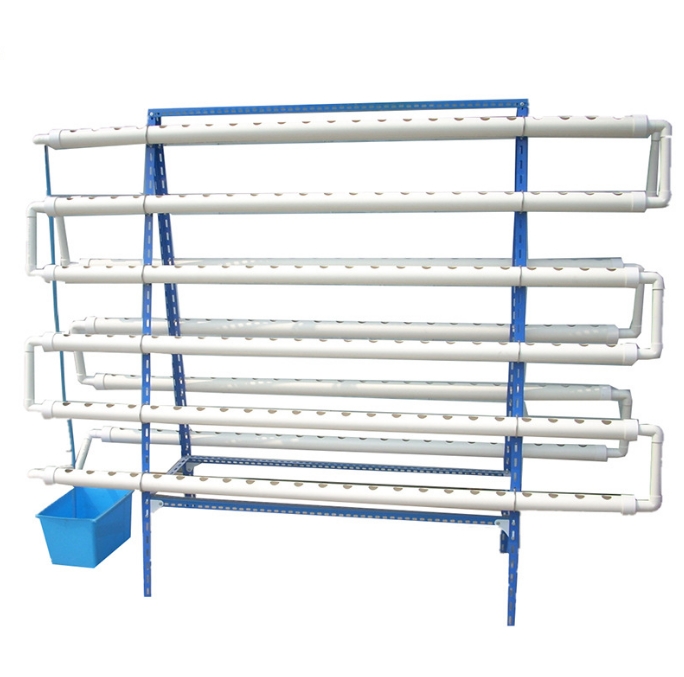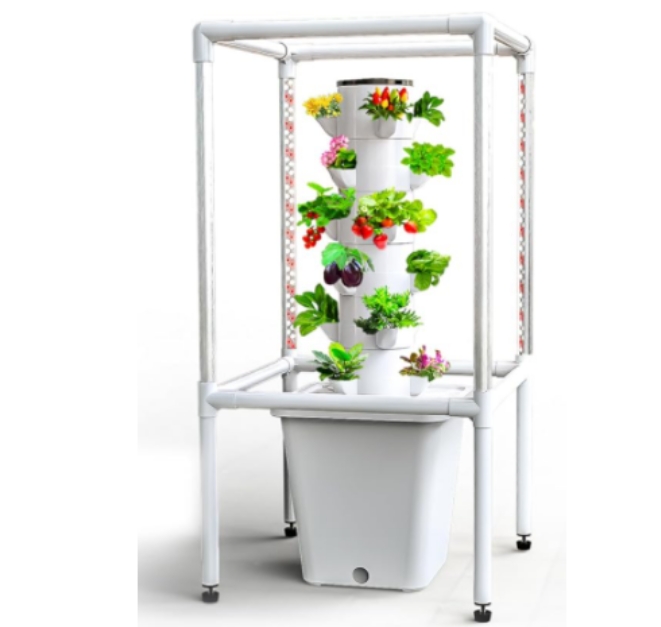LED Grow Light PAR, PPF,PPFD
The basis of light research is spectrum. The application quality of light requires spectral analysis. The spectrum of LED plant lights is especially important. The manufacturer's ability to design the spectrum of plant lights determines its market position. The spectrum of LED plant lights needs to be specially designed according to the planting process. To imitation. .
1, the application of light classification
Visual application: applied to illumination, the physical unit is based on the average human eye's visual effect function to weight the spectral radiation power as the main parameter.
Non-visual applications: applications such as animal, plant, medical, microbiological, identification, data transfer, etc. The physical unit is the radiated power or the quantum number of light.
2, the energy of photons
LED luminescence is a phenomenon of energy conversion. When electrons and holes recombine, excess energy will illuminate and produce photons. The shorter the wavelength, the higher the energy of photons. The photon is the smallest unit in the process of light transmission energy. It is this kind of photon with energy. Photosynthesis is driven by the photon energy packet instead of the general light energy. This is why plant photosynthesis requires photons to be expressed.
Photosynthesis is produced by photon flux. It is a process in which photons carrying energy decompose CO2 and H2O under the action of enzymes to produce new molecules. However, not all photons absorbed by plants produce the same photosynthesis, which requires energy transfer. From the perspective of photosynthesis, use "light meals" to understand the relationship between photons and plants.
The number of photons of photosynthetically active radiation is measured in two units: photosynthetic photon flux (PPF) with wavelengths ranging from 400 to 700 nm, and secondly the resulting photon flux (YPF), which can be determined by the photosynthetic response of the plant. The wavelength range.
3. Parameters and units of plant lights
Molar amount (mol)
When describing the basic units of matter composition such as molecules, ions, photons, etc., it is usually expressed in terms of molar amount, which is a basic amount of basic particles of 6.022EXP (23) substances, the unit is: mole (mol), The number of photons in plant photosynthesis is also expressed in terms of molar amount. A photon mole (mol) contains 6.022EXP (23) photons. Many parameters are expressed in micromolar due to the large unit of molars in plant photosynthesis.
1 mole (mol) = 1,000,000 micromolar (umol).
1 micromolar (umol) contains 60 billion photons.
PAR
Photosynthetic Active Radiation
The radiation used by plants for specific wavelength ranges (400-700 nm) for photosynthesis is called photosynthetically active radiation, and there are two types of labeling units:
One is expressed by photosynthetic irradiance (w/m2), which is mainly used for the general study of photosynthesis of sunlight.
The second is the use of photosynthetic photon flux density PPFD (umol / m2s), mainly used for artificial light source and sunlight on plant photosynthesis research.
This method of measuring the photon flux radiated to the surface of the plant per second represents the radiation capability of the radiation source, known as the PPF_PAR method.
PAR accounts for about 50% of the total solar radiation. It should be noted that the unit of photosynthetic irradiance does not reflect the wavelength.
PPF
Photosynthetic Photon Flux refers to the micromolar quantity of photons emitted by artificial light sources per second in the wavelength range of 400-700 nm, in units of umol/s.
PPFD
Photosynthetic Photon Flux Density corresponds to PPF in the number of micromoles radiated per second per square meter of light source, in units of umol/m2s, which is the concept of density.
PPFD is a PPF that represents a range of square meters.
PPFD is a physical quantity related to the radiation distance, which is inversely proportional to the square of the illumination distance.
1PPFD means that 1 micromoles per second of photons are radiated on a surface of 1 square meter.
How big is 1umol/m2s (PPFD), which means there are 6 photons in 10 square nanometers.





